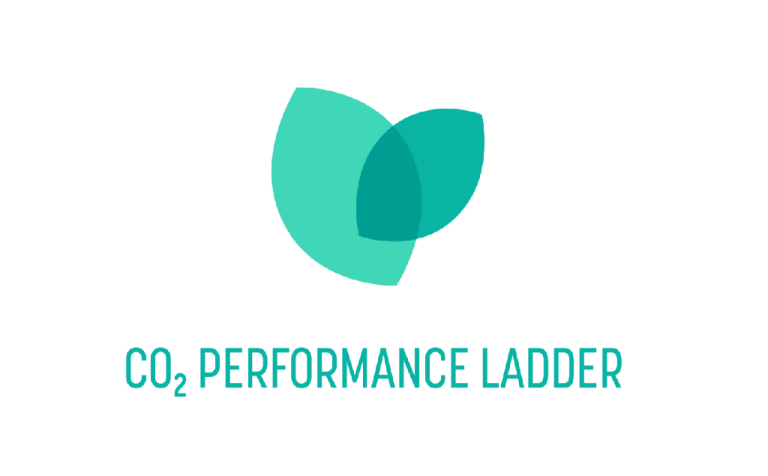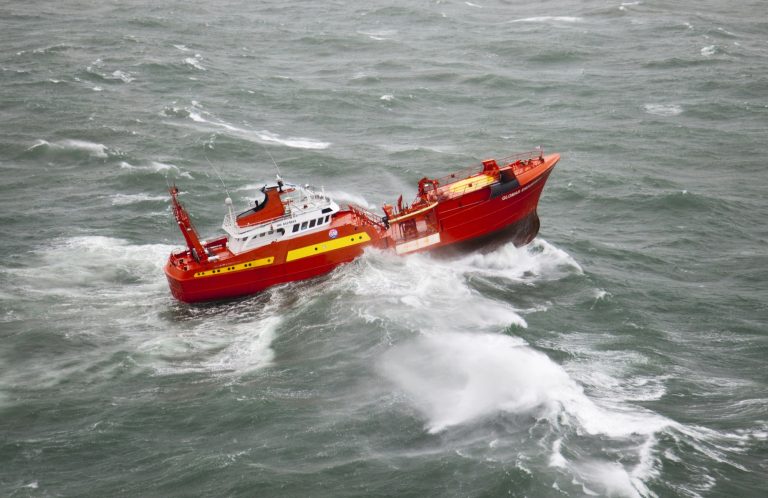We acquired certification for the CO2 Performance Ladder

What is it?
The CO2 Performance Ladder (SKAO, 2024) is an instrument that helps organisations reduce their carbon emissions in the organisation, in projects and in the business sector. With a certificate on the Ladder, organisations can gain an advantage for their registration on tenders. The instrument is used as both a CO2 management system as well as a procurement tool.
Organisations that obtain a certificate on the Ladder will experience this as an investment that is immediately returned in terms of low energy costs, material savings and innovations. The Ladder’s main objective is to stimulate organisations to gain insights in their CO2 emissions, and to continuously seek opportunities to cut back these emissions in the organisation and consequently within projects.
What did we do?
As of August 2024, Glomar Offshore is certified at Tier III on the CO2 Performance Ladder, demonstrating our commitment to effectively reducing our carbon footprint and setting a prime example for others in our sector. The process for certification on the Ladder includes the following four approaches:
A. Insight: Understanding our energy consumption and emissions is crucial for developing an effective policy to reduce our carbon footprint. We have thoroughly inventoried our energy usage and emissions, and researched the effectiveness of various HVO blends. This has allowed us to set clear, substantiated goals for CO2 reduction by for example increasing the amount of HVO in fuel blends.
Given that vessel fuel consumption accounts for 99% of our total energy consumption, it offers the greatest opportunity for CO2 reduction. We have created a visual overview of our fuel and energy consumption and emissions, which can be found in our annual reports.
B. Reduction: Building on our insights, we have researched the effectiveness of CO2-reducing measures such as HVO fuel. Our partner, FincoEnergies, is able to supply us with various GoodFuels HVO blends. Each 10% increase in HVO (substituting diesel) can reduce CO2 emissions by up to 10%, with a maximum CO2 reduction of 89% at 100% HVO. Consequently, our primary goal is to steadily increase our share of HVO in fuel blends.
Since we had already implemented ChangeXL to cut back CO2 emission by up to 9%, our target is to increase the HVO in our vessel fuel blends by 10 percentage points each year. As of January 2025 we have transitioned to HVO40. In addition to our annual reports we provide bi-annual updates on our CO2 Performance Ladder page. By 2031, we aim to have implemented 100% HVO. Additionally, thanks to ongoing efforts to reduce other CO2 emission flows, such as office energy consumption and fuel for business travel, we aim for a total CO2 emission reduction of 82% by 2031 compared to 2022 figures – and 90% compared to conventional MGO.
C. Transparency: We highly value transparency, which involves engaging employees, learning from other organizations in the sector, and sharing our progress both internally and externally. We strive for continuous improvement and collaboration within the sector. Effective communication is the foundation of healthy relationships with internal and external stakeholders.
To keep our network informed, we will regularly update on our CO2 emission reduction progress. These reports are summarized on our CO2 Performance Ladder page and added to our annual CO2 reports, downloadable in PDF.
D. Participation: Our commitment to transparency extends to active participation in sector initiatives. By engaging in these collaborations, we not only share our experiences but also gain valuable insights from others. This continuous exchange of knowledge helps us refine our practices and contribute to broader industry advancements. Examples of our participation in sector initiatives can be found in our agenda below.
For further details about our certification and access to related documents, please visit our CO2-page for updates, or our SKAO-page for registration details.

